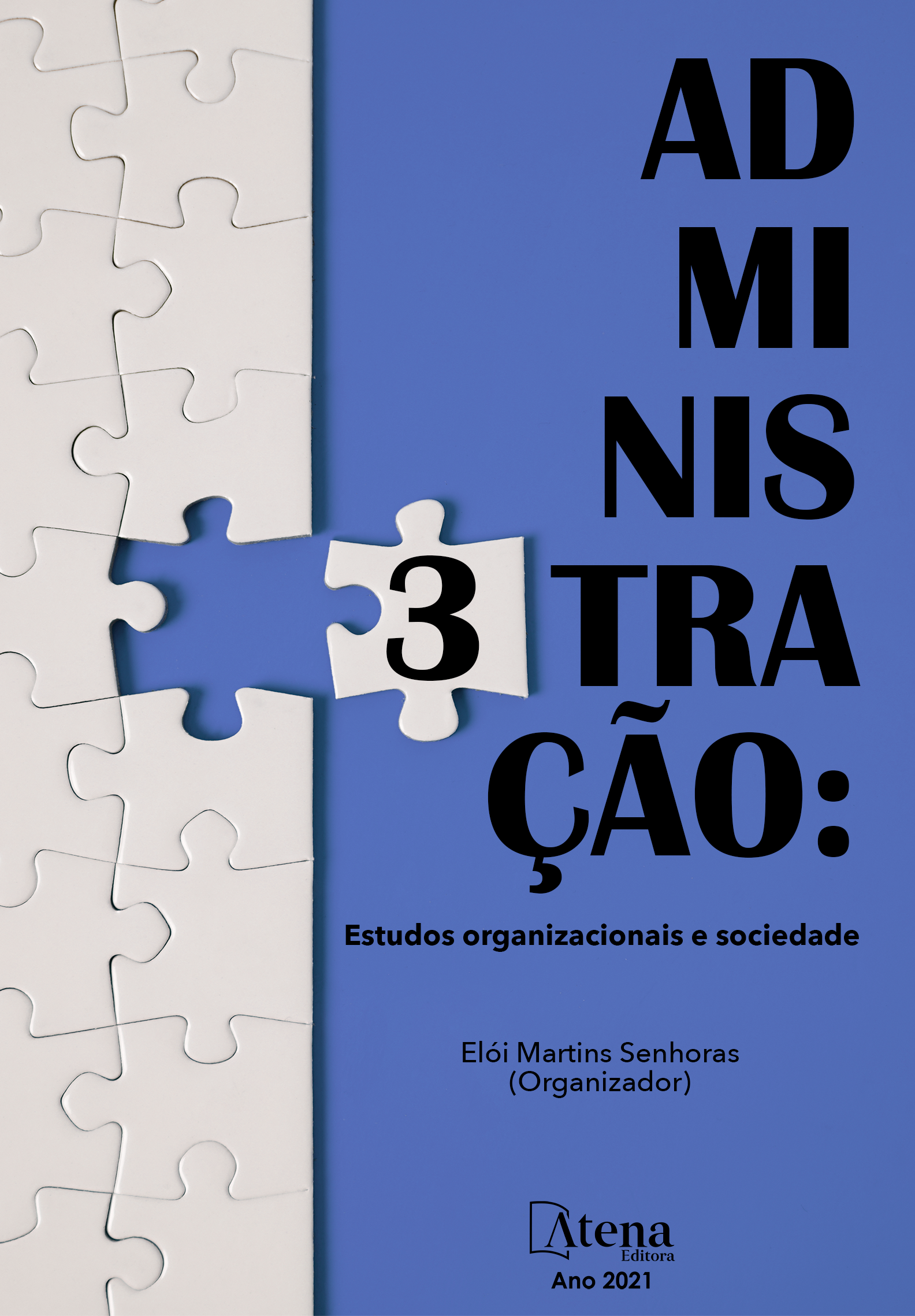
DIFERENÇAS ENTRE UMA CADEIA DE ABASTECIMENTO TRADICIONAL E UMA CADEIA DE ABASTECIMENTO INTEGRADA
O objetivo desta pesquisa é estabelecer as diferenças que existem entre uma cadeia de suprimentos tradicional e uma cadeia de suprimentos integrada, a fim de conhecer as particularidades de cada uma delas e poder servir para a tomada de decisões nas áreas acadêmica e empresarial. Algumas das diferenças mais relevantes entre uma cadeia de abastecimento tradicional e uma cadeia de abastecimento integrada de acordo com Acero (2006) são; que o fluxo de informações em uma cadeia de suprimentos tradicional gira em torno da disponibilidade e da demanda, que se refletem no preço oferecido e se comunicam de forma discreta, em uma relação um a um. Com a abordagem da cadeia de suprimentos integrada, a real demanda pelo produto e pelos processos deve ser compartilhada, preferencialmente online, com todos os elos da cadeia, para que, de forma proativa, possam influenciar a melhoria no futuro desempenho e todos podem colaborar quando se trata de eventualidades negativas no fornecimento.
DIFERENÇAS ENTRE UMA CADEIA DE ABASTECIMENTO TRADICIONAL E UMA CADEIA DE ABASTECIMENTO INTEGRADA
-
DOI: 10.22533/at.ed.6422117113
-
Palavras-chave: Cadeia de Abastecimento Tradicional, Cadeia de Abastecimento Integrada.
-
Keywords: Traditional Supply Chain, Integrated Supply Chain.
-
Abstract:
The objective of this research is to establish the differences that exist between a traditional supply chain and an integrated supply chain in order to know the particularities of each one of them and can serve for decision-making in the academic field and business. Some of the most relevant differences between a traditional supply chain and an integrated supply chain according to Acero (2006) are; that the flow of information in a traditional supply chain revolves around availability and demand, which are reflected in the price offered and which are communicated discreetly, in a one-to-one relationship. With the integrated supply chain approach, the real demand for the product and the processes must be shared, preferably online, with all the links in the chain, so that, in a proactive way, they can be able to influence the improvement in the future performance and everyone can collaborate when it comes to negative eventualities in the supply.
-
Número de páginas: 14
- María Berta Quintana León
- Bertha Molina Quintana


